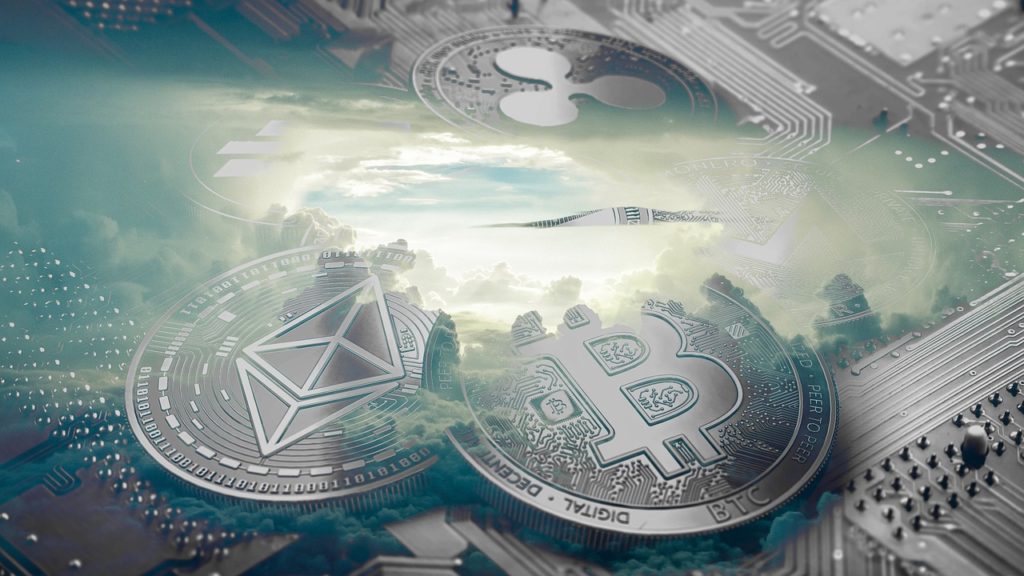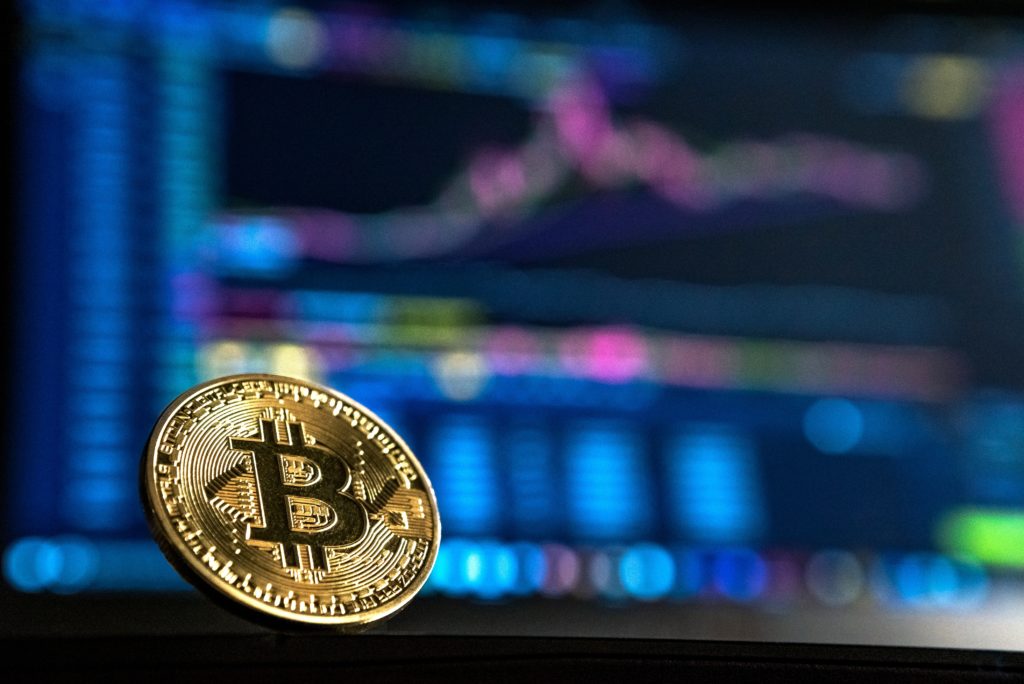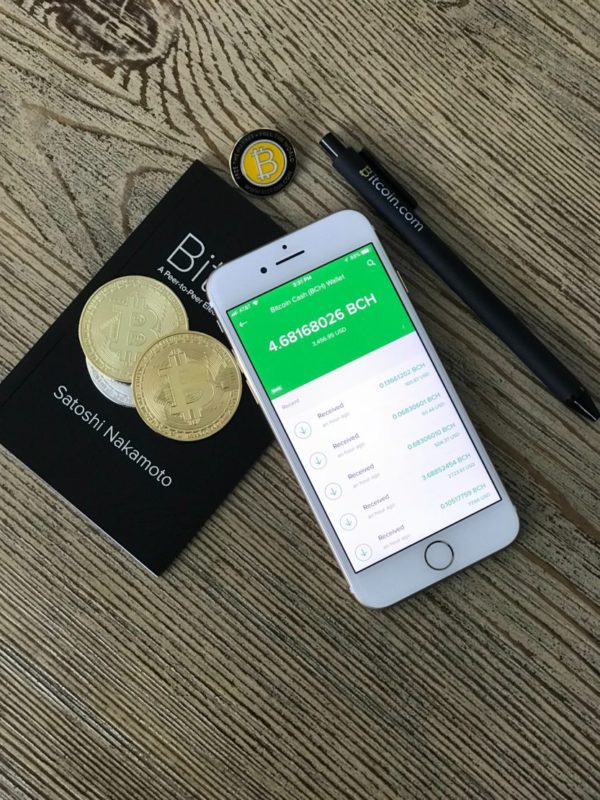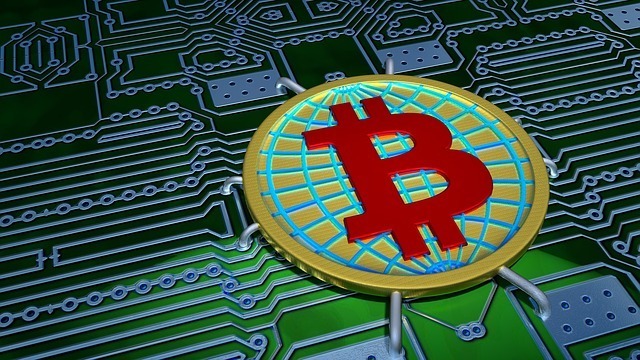Important Technical Reasons to be Wary of Bitcoin
As former Federal Reserve Chairman Alan Greenspan said of the dot-com bubble, we are experiencing “irrational exuberance.” Today we see the same thing with bitcoin. Until what bitcoin experienced in late 2017, the greatest market bubble man was the Dutch tulip bubble during the 17th century. When speculators drive prices up at a rapid rate inflating them “out of proportion to their intrinsic value in response to exaggeratedly high expectations of resale value” markets experience a bubble. There are numerous technical reasons that clearly show the disproportion of bitcoins prices to its intrinsic value, not only at the high of nearly $20,000 in late 2017 but even at the 66% discount to that rate we see at $6500 during the summer of 2018.
Bitcoins underlying design brings major technical challenges that the market may even consider catastrophic failures. The first of these limits the size of each Bitcoin block to 1MB. From the start, this was not a problem since there were not a high number of transactions. With increased bitcoin use, that has changed creating two major problems: Bitcoin can only process 3-4 transactions per second and additional transactions have to wait for later blocks to certify their occurrence. This means someone could wait hours for the purchase to finalize. In comparison, PayPal processes roughly 193 transactions per second and Visa takes care of over 1,650 per second and there is no limit or delay in processing these transactions. Without the ability to process more and faster, bitcoin cannot compete as a standard monetary mechanism in today’s markets.
Satoshi Nakamoto, the yet unidentified founder(s) of Bitcoin, set an arbitrary limit of 21 million bitcoins ever to be created. As of summer, 2018, just over 17 million bitcoins exist meaning we are coming to the tail-end of bitcoin creation. Bitcoin creates a block roughly every ten minutes or however long it takes the “miners” to solve the “proof of work” equation that finalizes a Bitcoin block. For Bitcoin to work, individuals must volunteer their computers, power, and time to mine the blocks. To reward these “miners” the system creates and gives bitcoin to the winning miner or mining group (pool). When Bitcoin launched each winner received 25 bitcoins and that number halves every 210,000 blocks meaning that today the winner receives 12.5 bitcoins which will decrease to 6.25 bitcoins around 2020. The problem here is a basic economic challenge, that of supply and demand. Not only is supply limited, but the amount is also known. Other commodities such as oil, diamonds, gold, etc. all have a similar supply challenge, the difference, no one knows what the limit is, and new sources are routinely found. By establishing an arbitrary end to bitcoin creation, Satoshi Nakamoto formed a known finite item that will prevent certain individuals and markets from investing due to regulatory restrictions, safety, and stability concerns.
Remember when someone (often a politician or a someone who got rich issuing tokens via securities fraud) quotes Bitcoin will warm the Earth by 2 degrees, that this was not a study backed by hard science. It was a school project to learn about the publishing process. https://t.co/ZmOrxxh8gk
— Willy Woo (@woonomic) April 28, 2022
While anyone can work as a miner, the computing power required to solve each “proof of work” puzzle remains massive. To overcome this compute challenge, miners join in pools that provide shared resources that are more able to quickly solve the puzzle as only one winner exists for each block created. With the growth of pools more power rests with certain groups than others and over 60% of the Bitcoin compute power now rests in the hands of Chinese pool owners. This concentration of economic power is known as an oligopoly and it presents a substantial risk to owners, miners, and investors in bitcoin. In 2015 there was a large debate around increasing the block size from 1MB to 8MB which would mitigate the challenges mentioned above. The Chinese oligarchy stood together and stated that due to internet restrictions in China combined with limits of certain Chinese pools they would not support an increase to 20MB and the measure failed to pass. The pools did state 8MB was viable; however, to date Bitcoin still has the 1MB block size limit showing that without the oligarchy’s commitment changes can’t occur. When too much power rests with too few, free-market outcomes will not occur as expected. These facts place substantial risks with investing in bitcoin.
Also, read – Blockchain Can Bring Innovative Transformation To Financial World
Now that we understand block size limitations which impact transactions per second, the ongoing decrease in bitcoin awarded to successful miners, and the power of Chinese mining pools, it’s critical to see the impact of transaction fees upon the entire Bitcoin network. While Bitcoin proponents say the network doesn’t cost users anything, that is not inherently accurate. Bitcoin includes “optional” transaction fees associated with publishing purchases inside the blockchain. While buyers may opt-out of providing a fee they run the severe risk of miners disregarding their transactions for other more profitable transactions, especially as the amount of bitcoin awarded to winning miners decreases over time. To read tales of purchases not posting until users increase their fee check this out. During the peak of bitcoin transactions, median costs peaked at $34 to publish and users that didn’t pay simply didn’t have completed purchases show up in the blockchain meaning the acquisition of the product never happened. Although the price per transaction sits around $0.12 during this writing, the extreme volatility and unpredictable nature of these fees should concern users and investors of bitcoin.
These fundamental technical limitations inside the Bitcoin network lead to substantial challenges and risks that any free marketeer would consider unusual and unnecessary. With great risk comes great reward and although many people have made substantial money on bitcoin, many more have lost, just ask those that bought in late 2017 how they fared with their bitcoin investment. Markets are very similar to Las Vegas, we hear about the winners and rarely notice the losers. Understanding these major technical limitations should make any true investor wary and hopefully see and understand why they should avoid the bitcoin bubble.
Authors note: Bitcoin refers to the Bitcoin network, protocol, and market whereas bitcoin defines the cryptocurrency itself. When bitcoin resides after a period, it becomes Bitcoin although the meaning still refers to the currency and not the network or protocol.
The comments, suggestions, and statements in this article are my own and don’t necessarily represent IBM’s positions, strategies, or opinions.
Stay informed with daily updates from Blockchain Magazine on Google News. Click here to follow us and mark as favorite: [Blockchain Magazine on Google News].
Get Blockchain Insights In Inbox
Stay ahead of the curve with expert analysis and market updates.
latest from tech
Disclaimer: Any post shared by a third-party agency are sponsored and Blockchain Magazine has no views on any such posts. The views and opinions expressed in this post are those of the clients and do not necessarily reflect the official policy or position of Blockchain Magazine. The information provided in this post is for informational purposes only and should not be considered as financial, investment, or professional advice. Blockchain Magazine does not endorse or promote any specific products, services, or companies mentioned in this posts. Readers are encouraged to conduct their own research and consult with a qualified professional before making any financial decisions. The featured image used is just a creative depiction of the title and it does not intend to hurt sentiments of any person or institution. If it hurts anyone sentiments, please do not hesitate to reach out to Blockchain Magazine.

 Bitcoin
Bitcoin  Ethereum
Ethereum  XRP
XRP  Tether
Tether  Solana
Solana  USDC
USDC  Dogecoin
Dogecoin  Cardano
Cardano  Lido Staked Ether
Lido Staked Ether  TRON
TRON  Wrapped Bitcoin
Wrapped Bitcoin  Chainlink
Chainlink  Wrapped stETH
Wrapped stETH  Avalanche
Avalanche  Sui
Sui  Stellar
Stellar  Litecoin
Litecoin  Toncoin
Toncoin  Shiba Inu
Shiba Inu  LEO Token
LEO Token  Hedera
Hedera  MANTRA
MANTRA  USDS
USDS  Hyperliquid
Hyperliquid  WETH
WETH  Polkadot
Polkadot  Bitcoin Cash
Bitcoin Cash  Bitget Token
Bitget Token  Ethena USDe
Ethena USDe  Wrapped eETH
Wrapped eETH  Uniswap
Uniswap  Monero
Monero  NEAR Protocol
NEAR Protocol  Pepe
Pepe  WhiteBIT Coin
WhiteBIT Coin  Aave
Aave  Bittensor
Bittensor  Ondo
Ondo  Aptos
Aptos  Internet Computer
Internet Computer  Dai
Dai  Official Trump
Official Trump  Ethereum Classic
Ethereum Classic  Mantle
Mantle  Tokenize Xchange
Tokenize Xchange  OKB
OKB  Gate
Gate  sUSDS
sUSDS  Coinbase Wrapped BTC
Coinbase Wrapped BTC 




